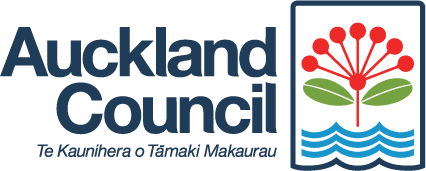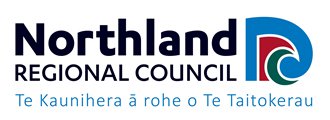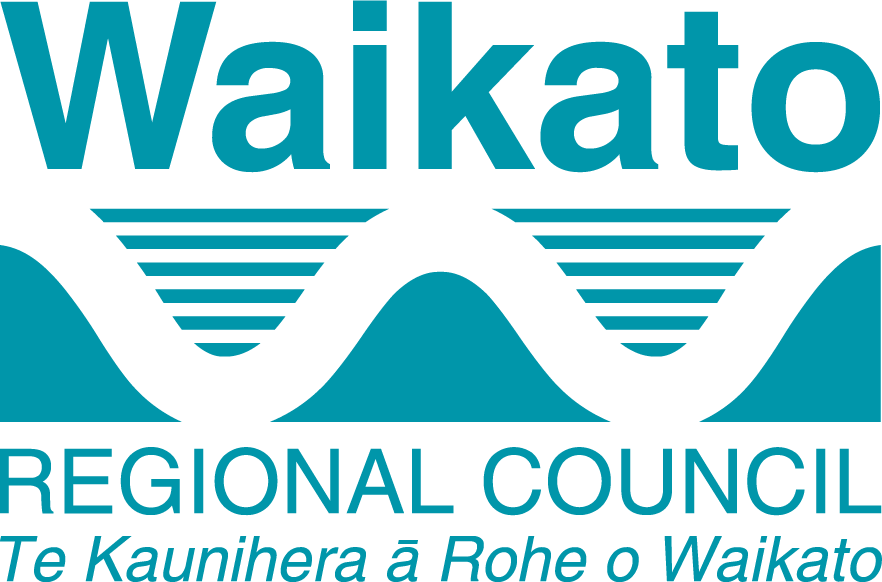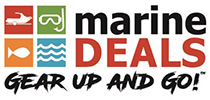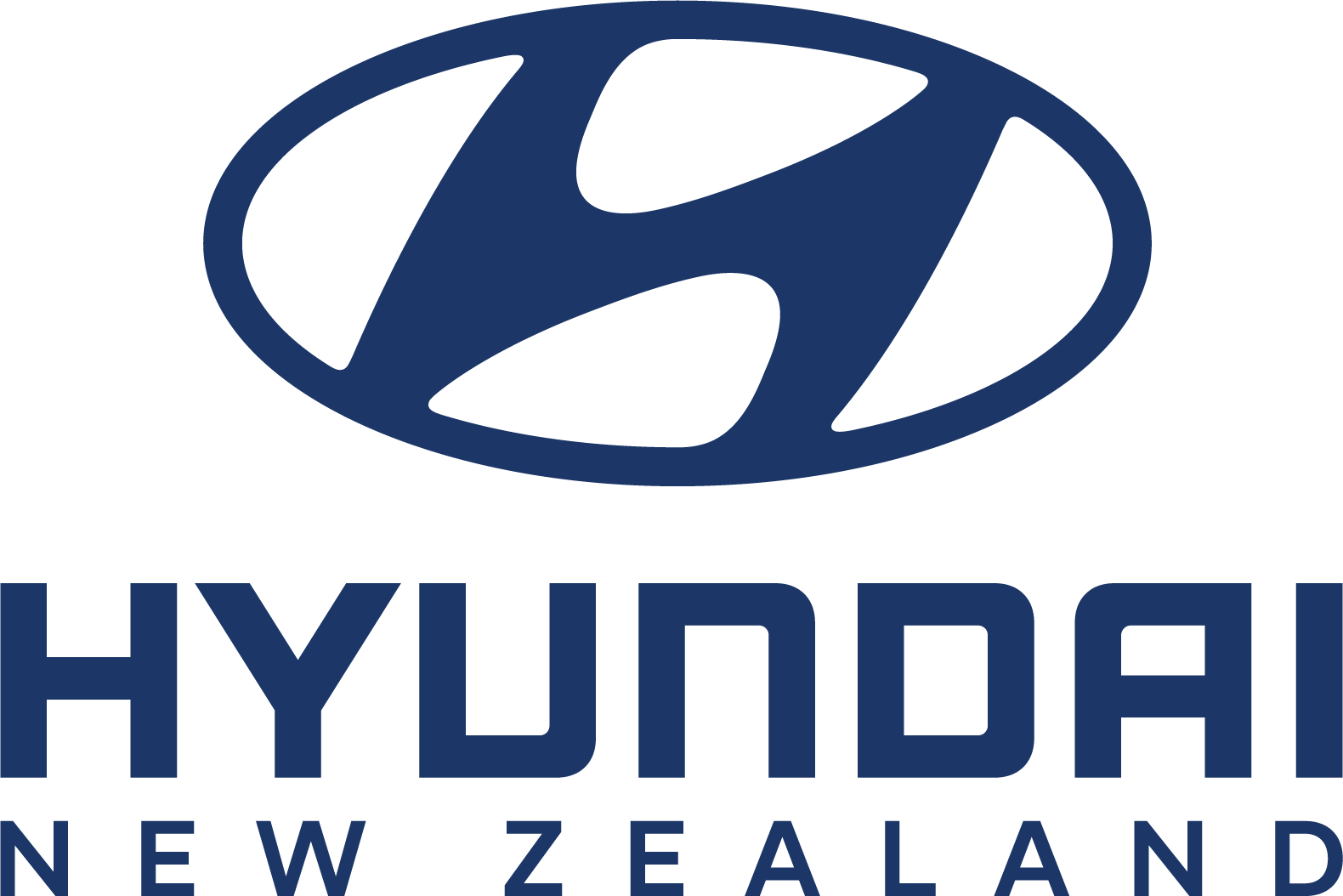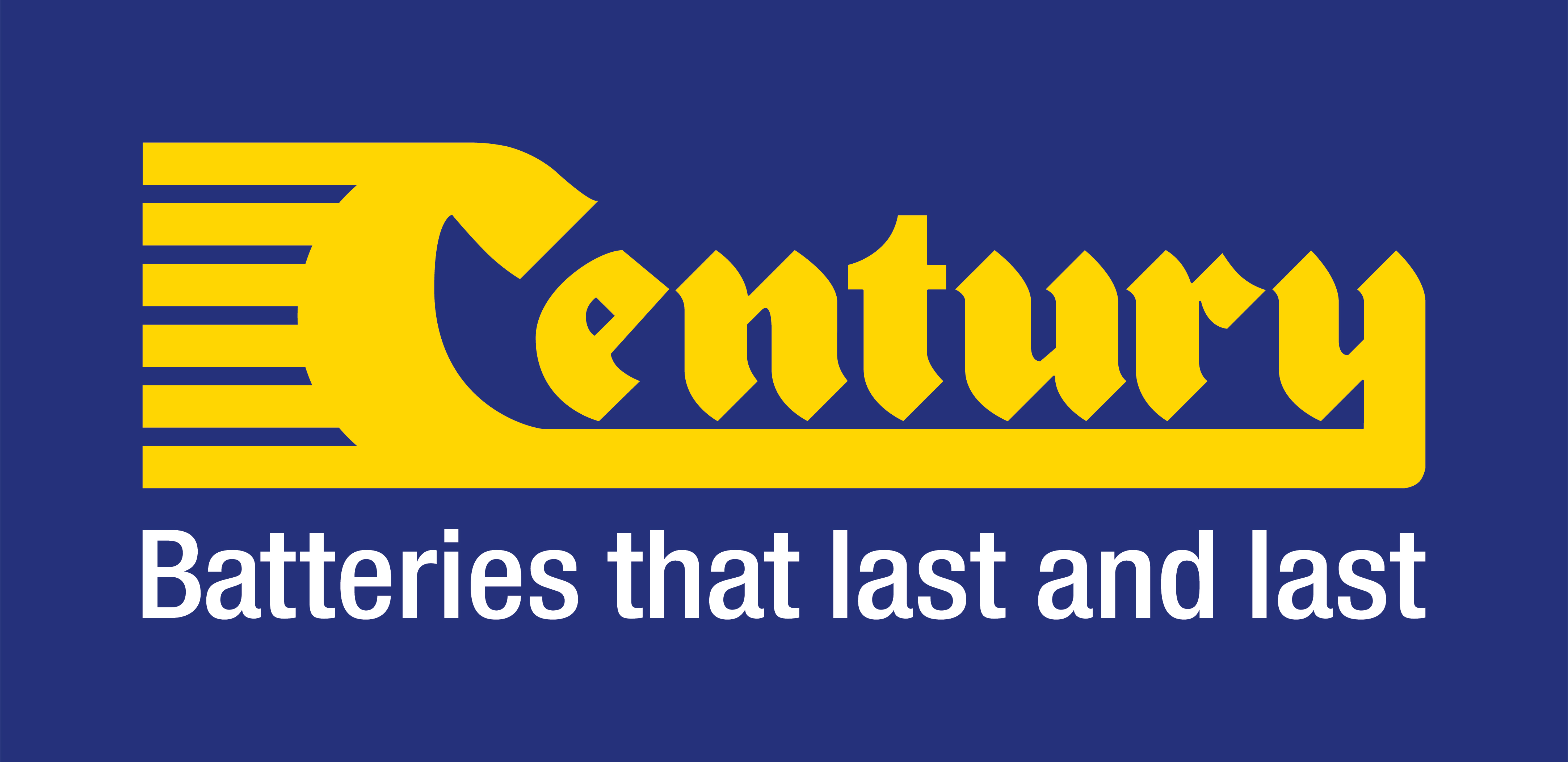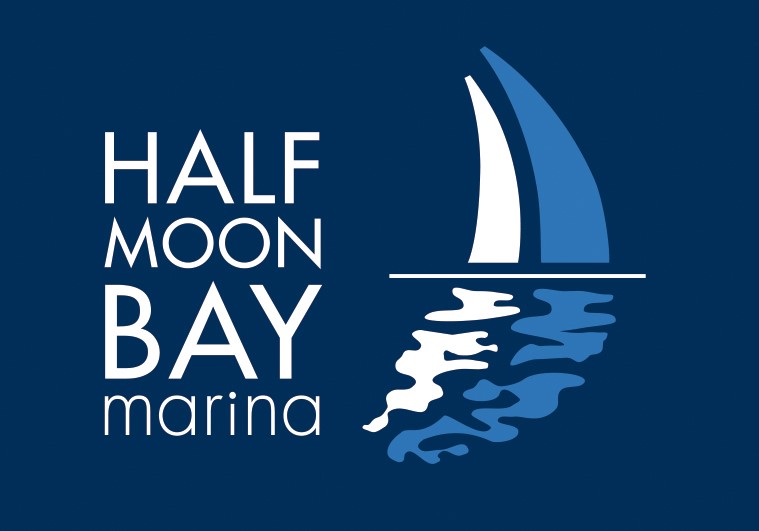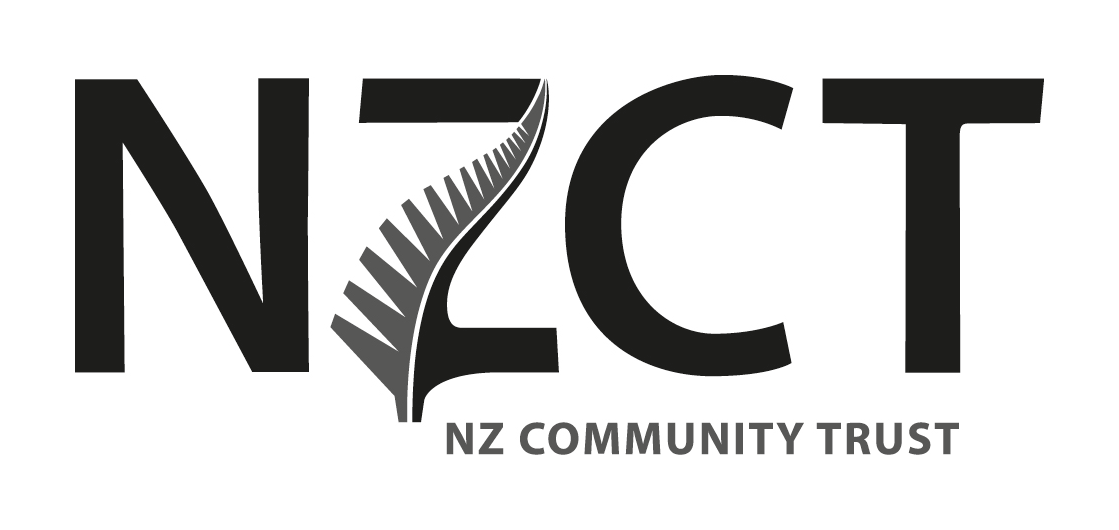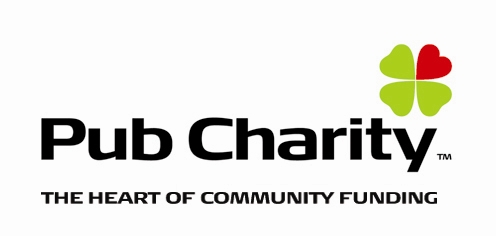24hrs in the life of Coastguard Nelson
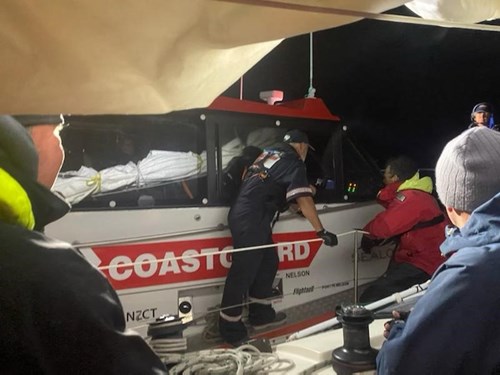
On Wednesday 3rd November Coastguard Nelson had one of its busiest days in the last 12 months with undertaking three major rescues and calls for assistance.
The 1st call came from Police (pager + phone) at midnight as a result of EPIRB set off by Dream Catcher (11m yacht) on rocks at Shag Harbour; which had run aground. Coastguard was informed that helicopter was on its way and CG was tasked to support this rescue in case the person couldn't be winched off; meanwhile Tasman HM tasked in case of diesel spill and to secure wreckage.
A total of 8 crew responded as well as the Duty Officer along with the Police SAR coordinator in the Coastguard base. The Coastguard rescue vessel Hohapata Sealord rescue (HSR) on scene at 0130 but unable to board to drop sails. At this stage it was suspected the yacht was was holed on Starboard side; firmly wedged on rocks; in a South easterly 25kts and building making conditions uncomfortable for crew and for a difficult working environment.
Meanwhile the sole occupant on board had been successfully winched off and flown back to Nelson. With winds building and as nothing more could be undertaken safely HSR moved to shelter in Onetakuti Bay behind Tonga Island to rendezvous with Sentinel the Tasman District Harbour master. By this stage conditions were worsening so both sought shelter in Anchorage until it was safe to return to base. Anchorage is one of the safe harbour areas that Coastguard will use in adverse conditions.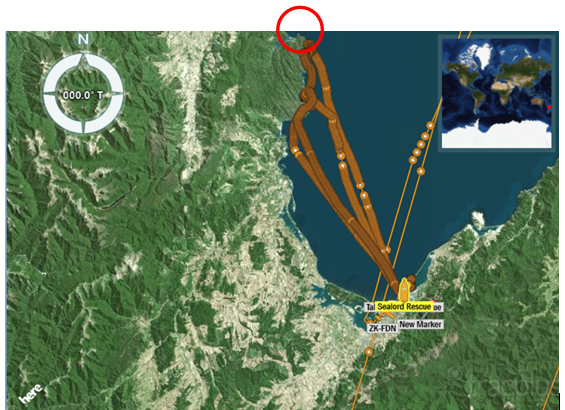
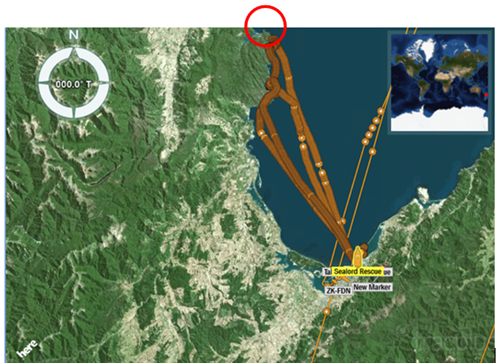
HSR returned to Base arriving 0600 and Sentinel waited till dawn to inspect damaged yacht. At this point the crew were all stood down and sent home for rest.
At 1145 FENZ asked for transport of personnel and equipment to attend a fire on Boulder Bank; that could not be reached by land. The fire was at one of the historic baches on the Boulder bank and the CRV took 3 separate watches to and from there during the afternoon/evening accompanied by Nelson HM who took Police and others to and from Boulder bank.
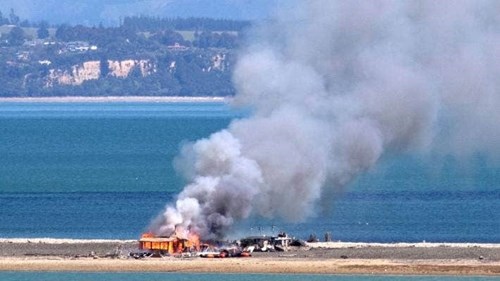
At 1745, crew were at the Base ready to do another FENZ transfer when a PanPan call was overheard from yacht (Breeze) needing assistance in Te Pukatea Bay - steering jammed and 5 POB; at anchor but strong easterly conditions and breaking seas so uncomfortable; that they requested a tow round to Anchorage.
A call to MNZ was made unfortunately no one available to task, at this point Police now involved who discuss with RCCNZ while responses from Tasman HM (who has just taken Sentinel out of the water returned home) and 3 commercial operators are sought by the Duty Officer unfortunately none were able to respond due to lack of manpower, vessels etc.
At this stage CG skipper consulate who was able to communicate with Breeze skipper and they both agree that danger to yacht and people is increasing as conditions worsen; CG agrees to attend with existing crew at Base for FENZ transfer plus 2 more to make 7 Police were informed of outcome.
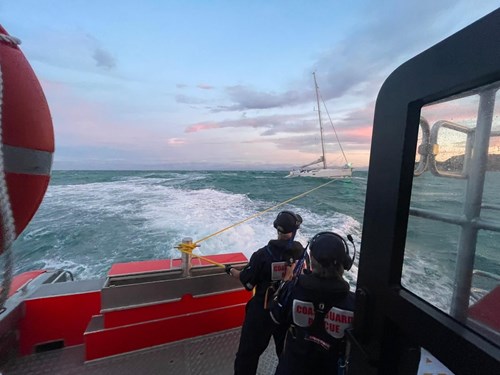
HSR departed the base at 1900 arriving on scene at 20:20 with 25kts SE and breaking seas. A towline was established and the yacht taken under tow round headland into shelter in Anchorage. The mission was more challenging for the crew as Breeze's rudder was jammed hard to port.
The Breeze was safely anchored by 2030. At this point the crew of HSR and the crew of Breeze joined together on HSR for some food and hot drinks and some rest.
HSR departed at 2145 after having a good break and rest from the mission with the CRV returning to base in Nelson at 2320 finally shutting down just before midnight arriving in Nelson and refuelling before shutting down at midnight.
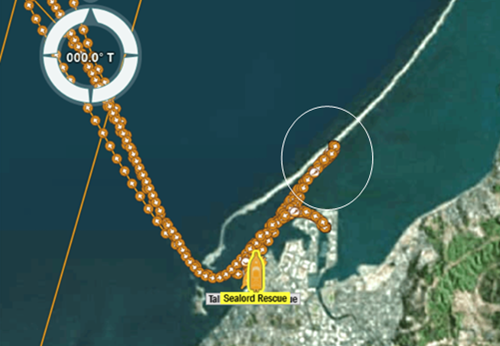
HSR performed really well in the rough conditions up to 2m swells and 25kts, gusting 35kts at times. This was what the vessel was designed for and this operation demonstrates the success of the design and build of the CRV. In addition to handling there was room for eight crew to have shelter and warmth in the enclosed cabin, to eat and to make hot drinks something that was not possible previously. but to also give refreshments to the 5 rescued crew from Breeze is another success criteria met for this new CRV. It is however the room to allow several at a time to lie down and sleep if needed and reduce crew and survivor fatigue that adds the final success criterion. On return to base all crew reported feeling safe at all times and said that neither response would not have been possible in our previous vessel.
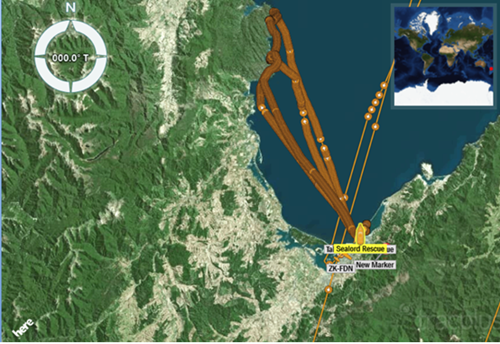
While only 3 operations in 24hrs they were all different in what was required from our crew and IMT which showed the diverse nature of what Coastguard crews can be faced with. The operations in total combined were just over 17hrs. The CRV travelled a total of just over 95NM or 175km over the three operations and had sufficient fuel for all missions using 700 of the 900 litres on board (The CRV was refuelled after each mission).
This operational commitment required 3 crew changes and management of Skipper hours and ensuring rest periods in between were utilised.
Overall, we had 2 skippers, 11 wet crew and 4 shore crew involved at various times during this 24-hour period - some covering 2 of the 3 jobs - and we were very mindful of risk, particularly fatigue, making regular assessments as the conditions worsened. Three of the crew from the 1st job declined the 3rd job for that very reason.
After a long 24hrs
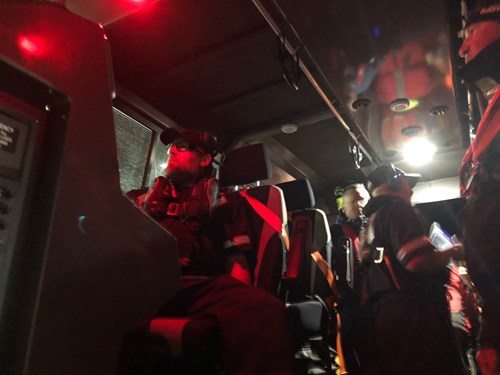
Coastguard Nelson was awarded Coastguard New Zealand Unit of the Year 2020-21 and won an International Maritime Rescue Federation award for Outstanding Team Contribution to Maritime SAR Operations 2020-2021.

